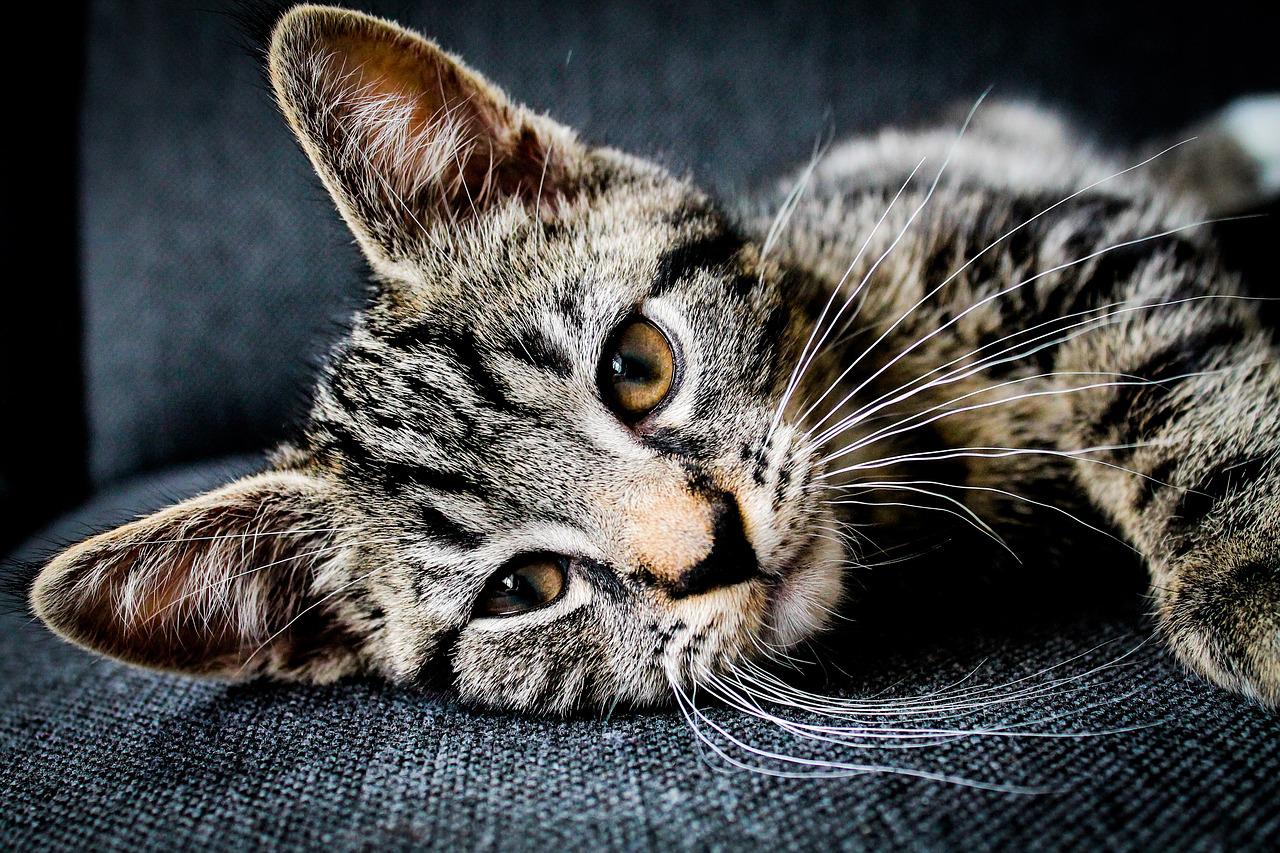Tips for Improving Your Cat Photography Skills
Estimated reading time: 12 minutes
Many of us like cats. These little cats have the beauty and personality that makes them great photo model. From Facebook to Instagram to almost every photo on Pinterest, cat photos are everywhere. I used to live in a city full of cats, but as a photographer, I was able to shoot many cats and learned a lot about cat photography. I decided to take pictures of cats almost every day. Cat photography is an interesting niche for animal photography. Here are my top 11 tips for improving your cat’s photos.
Table of contents
- Get your cat’s attention with your favorite toys, beds, and treats
- Use a Semi-Automatic Shooting Mode
- Use lasers or food to direct your cat’s gaze
- Photograph Cats Using Different Angles
- Put their favorite bed next to a large window
- Use continuous shooting mode
- If your cat is nervous, use a silent shutter
- Focus on the cat’s eyes
- Use fast shutter speeds and high ISO for action photos
- Take medium shots and close-up shots
- Make your cat look even more adorable with limited light
- Do not use flash, especially for kittens
- Get Close to Your Subject
- Shoot for a few minutes at a time
- Always be ready to shoot
- Conclusion
- latest post
- related link
Get your cat’s attention with your favorite toys, beds, and treats

You probably know your pet better than anyone else. Think about his habits, likes, and dislikes. Where do you want to sleep When is the moodiest? The more weird habits you have, the more interesting your photos will be! For example, my cat loves my guitar case. She runs towards me as soon as I open it. Wherever I put her, she jumps in and feels comfortable. This gives me space for many beautiful photographic motifs. Don’t let the cat do anything. Create an opportunity for her to forget that the camera is even there. If she is in a natural and friendly environment, she will be much more comfortable in front of the camera.
Use a Semi-Automatic Shooting Mode

When not sleeping, cats can be fast and unpredictable. It’s good to be ready to shoot fast. Shooting in semi-auto mode allows you to shoot really fast. The aperture mode (called Av or A on most cameras) is popular with wildlife photographers. However, be careful to use a very low aperture value (f 1.8 f 2.2…). You may accidentally narrow the depth of field too much. This can ruin your cat’s photo (it will blur as the cat moves). To keep all the important things in your photo sharp, you need to choose which aperture is best for you. To compensate for higher apertures, you need to use a slower shutter speed. This is not always the best option when the animal is in motion. Alternatively, you can increase the ISO instead. Shutter priority mode (sometimes called Tv or S, depending on the camera) is also a useful option. Select a shutter speed. For cats, it’s usually best not to go below 1/125 or 1/250 seconds. The camera then adjusts the aperture so that the photo is properly exposed. This is a good approach if you are working in the right lighting conditions. Dark place (dark environment, dusk, etc.)), Things get a little more complicated. Prompting the camera to use a very fast shutter speed in the dark will select a very low F-number. Also, you need to use a very high ISO value (6400 or higher), which can cause your photos to be very rough and blurry.
Note: If you want to make some adjustments to the photo just let me know. I can do it for you at a very low cost. You can hire me to edit your photo
Use lasers or food to direct your cat’s gaze
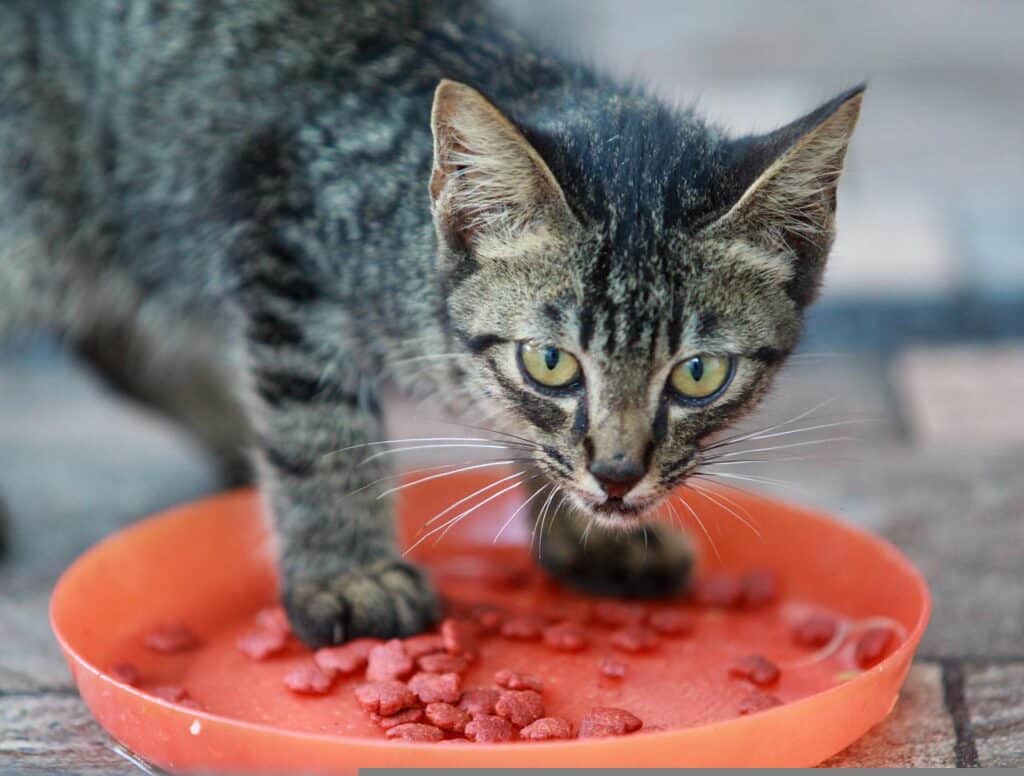
It is difficult to show the camera directly because it is not always possible to guide the pet. Again, this is where your pet’s knowledge comes in! Does your cat react positively to certain sounds or movements? Please take advantage of this naturally. Please turn your cat’s eyes to nature. Have someone point a cat-friendly laser pointer around the lens or hang a treat right above the lens. (No matter what type of laser you use, do not point it at the cat’s eyes or body and avoid reflective surfaces.
Photograph Cats Using Different Angles
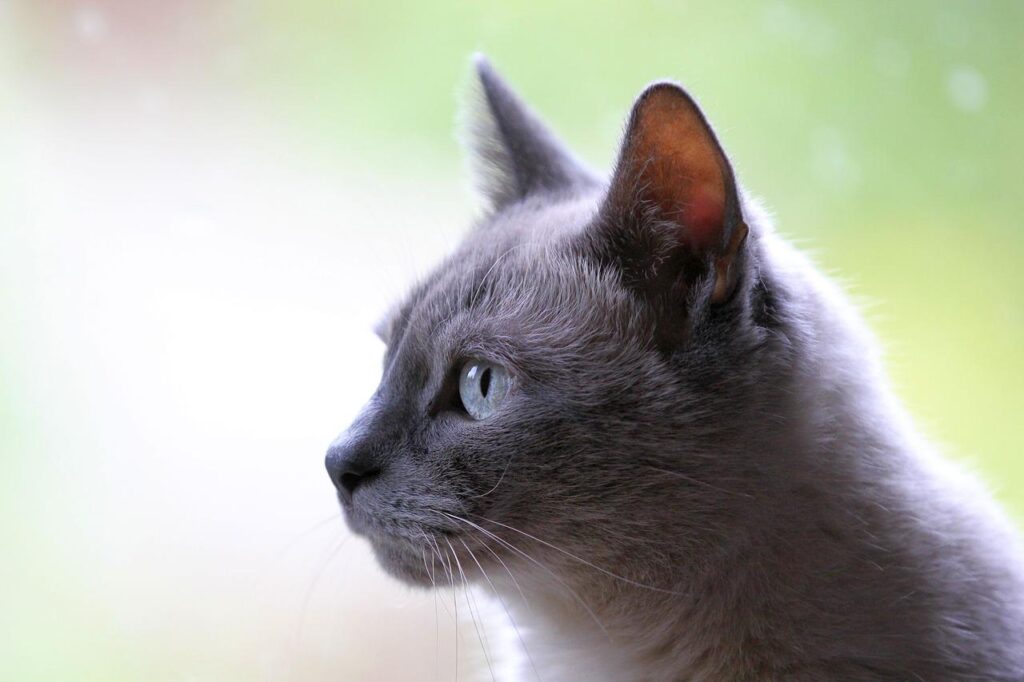
Cats are not the biggest animals. If you shoot the cat from eye level down, you can get a very nice aerial photograph. This perspective emphasizes the cat’s face and eyes. Therefore, it may add a comical touch to the image. Cats are not the biggest animals. If you shoot the cat from eye level down, you can take a very nice bird’s eye picture. This perspective emphasizes the cat’s face and eyes. This can cause the photo to be slightly distorted and add a comical touch to the image. When you reach the height of the cat’s eyes, you can take really nice pictures without distortion. You are at the level of cats, so you see the world as they do.
Put their favorite bed next to a large window
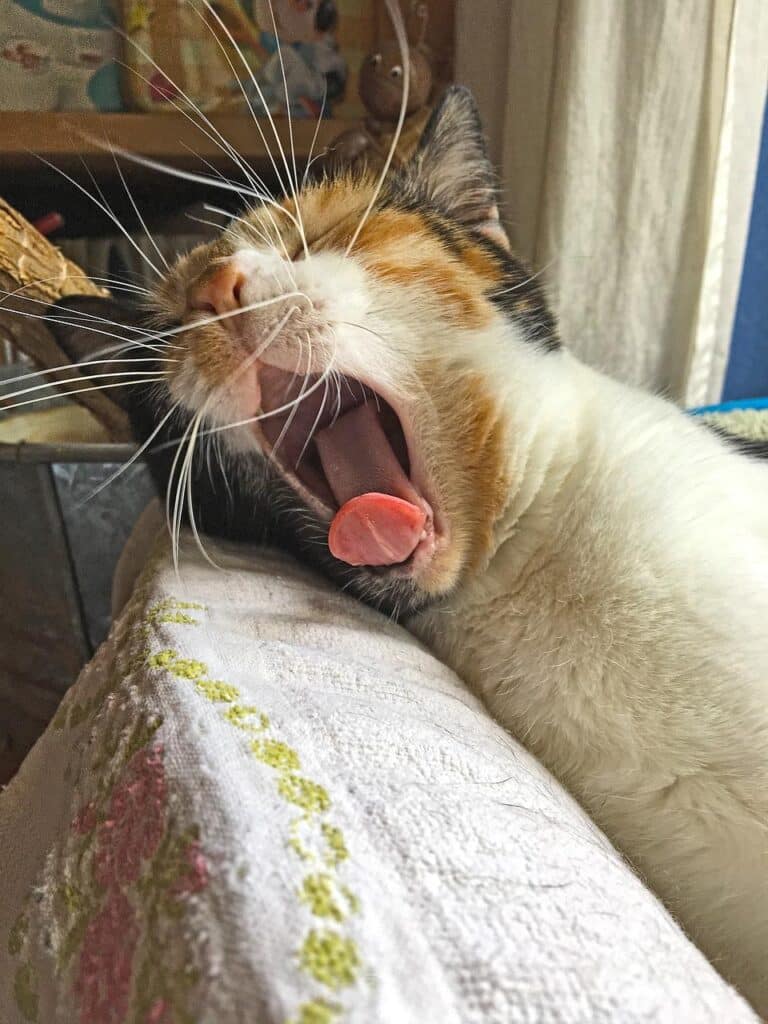
My cat has some beds she likes depending on the time of the year. You probably have a favorite place too. If you have a portable bed, keep it close to the window. This gives you plenty of opportunities to take pictures when your pet is resting or sleeping. Natural window light is perfect for soft pet portraits. Even better if your pet is looking at the window! Take advantage of natural highlights and shadows. Both look very flattering in both pets and portraits.
Use continuous shooting mode
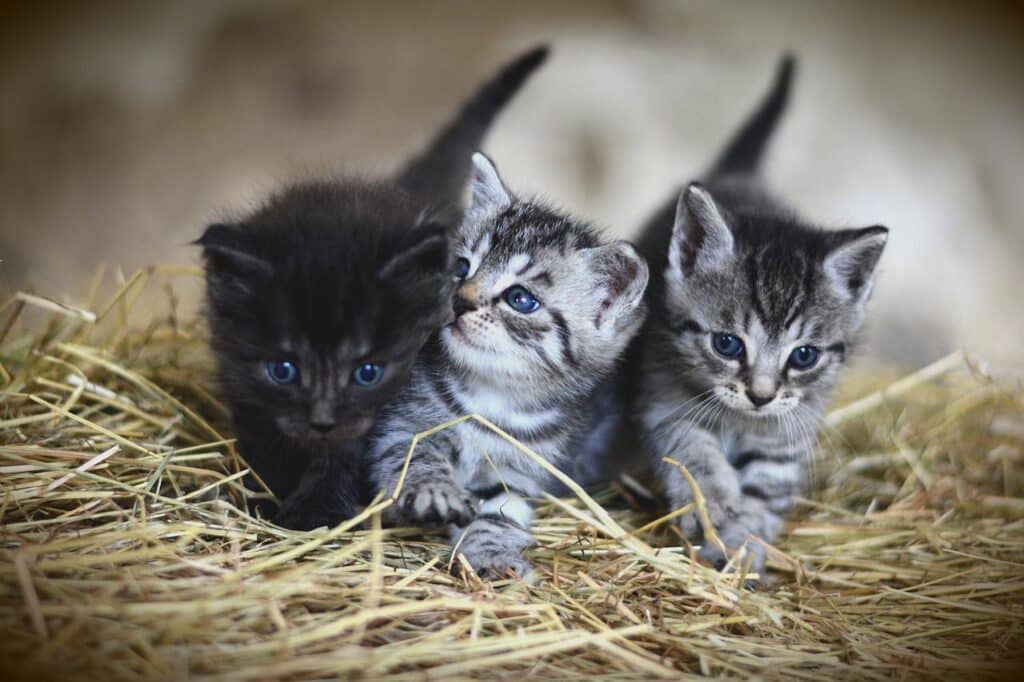
Taking pictures of a great cat can be very difficult, as cats can be unpredictable. Burst shooting mode can be used to increase your chances of catching a good moment. This is also known as burst mode or continuous high-speed mode. Most cameras these days have it. It allows you to take multiple pictures in quick succession. Read the behavior of cats. If you think you will act, start taking pictures. With so many photos, it takes time to organize them and find the best shots. However, you are more likely to get the best shot! It is recommended to check the camera manually as the number of photos and the activation method will vary depending on the camera model. Be sure to disable it if you do not need it. If you always shoot in burst mode, the memory card will fill up quickly.
Note: If you want to make some adjustments to the photo just let me know. I can do it for you at a very low cost. You can hire me to edit your photo
If your cat is nervous, use a silent shutter
This is also a hint to keep in mind when your cat is resting or sleeping. If the camera doesn’t get in the way, your pet may be actively associated with the camera. Quiet shutters are not always available. Try shooting from a distance with a very loud sound. You can use a zoom lens to give your cat a little more space.
Focus on the cat’s eyes

The sharp points in the image are the points that catch the eye of the viewer. For portrait photography, it’s best to focus on the model’s eyes. The eyes convey emotions and we are naturally attracted to them. The same applies to pictures of cats. Cats have these mysterious and beautiful eyes. It looks great when you sharpen them. You can also break this rule and take pictures of great cats that focus on other parts of the body. For example, the feet are great for close-ups.
Use fast shutter speeds and high ISO for action photos
When your cat is active, you can take lots of eye-catching action pictures of her on the go. You can play with her herself or ask her assistant to do her job for you. Switch to a faster shutter speed to sharpen the details of the final result. Let’s talk a little about the ISO value. The larger they are, the more noise will be added to the photo. It’s scary. not really. Most cameras today can handle high ISOs without affecting the results. Avoid very high numbers. But don’t be afraid to go up from time to time. Shutter speed is fast and ISO is high, so you can take sharp and bright pictures indoors. Large aperture (e.f / 2.0) also helps to capture more light.
Take medium shots and close-up shots
You can talk about cats differently, depending on the distance between you and the subject. You can take wide-angle shots that include most of the surrounding area. This shows where the cat lives. Keep this in mind when taking pictures Wide-angle shots tend to miss cats. These little guys have a lot of personalities, but they are small. Medium shots and close-ups are better choices, as the cat is supposed to be the main character. In a medium shot, the subject occupies more of the frame than in a wide-angle shot. It also includes several environments. These are the best images to showcase the subject and its surroundings.
Make your cat look even more adorable with limited light
Cats have open pupils that make them look incredibly cute in the dark. The less light they have, the stronger their eyes will appear. If you’re surprised by a snack at a photo shoot, it basically looks like a cat in Shrek’s long shoes. Limited light is not as difficult as you might think. As mentioned earlier, it’s okay to use a higher ISO number than before. Overcoming the fear of photo noise will help you create very adorable pictures of cats. You can use simple artificial lighting to control the lighting for your photography. Small lamps can make a big difference. Point them in different directions to see the angle at which the cat looks most flattering. Give her some treats or play with her to get your cat’s attention.
Do not use flash, especially for kittens
If the lighting conditions are not good, consider using a flash. But cats are not the biggest fans of these strong and sudden flashes of light. They may surprise them and run away. Also, in the case of a photo of a kitten, it can hurt sensitive eyes. Instead of using the flash, open the camera aperture, slow down the shutter speed, increase the ISO and increase the sensitivity to light. Another way is for LED lights that don’t make fun of them or let them escape. You can start the LED light with really low intensity and gradually increase it as the animal gets used to it.
Get Close to Your Subject
In close-up, the subject (cat in this case) occupies most of the frame and the surroundings are barely visible. The subject is clearly the main focus of the image. For these types of shots, you really need to get close to the cat. Some cats may need to be quiet and approach slowly. Take a small step towards the cat, stop, take a small step, stop again and see if the cat is okay there. Repeat this process until you have a comfortable shooting range. Do not make sudden movements or quickly switch from standing to kneeling. The secret is to move slowly and gently, like the people in National Geographic documentaries. As with other types of wildlife photography, another option is to use a telephoto zoom far away from the animals. When doing this, keep in mind that the longer the focal length you use, the shorter the shutter speed you will need. .. This is because the effect of camera shake increases as the focal length increases.
Shoot for a few minutes at a time
Photography of a cat requires a lot of patience and understanding. If you find that your pet isn’t interested in your presence, clean up the camera. I know this can be frustrating, especially when trying to take great shots, but it’s a great way to build your patience. Slowly bring your camera to your pet. You can take pictures every day, but limit your photography to a maximum of 10-20 minutes. My cat is still cheeky and stubborn, but she seems to enjoy being in front of the camera because I’m not brute force. Last but not least, reward your pet at the end of the photoshoot! Not in the picture of a cat, It’s a difficult thing and you don’t have to end up with a painful scratch on your arm or face. If you approach with curiosity and patience, you will surely be able to take many wonderful shots. Try different lighting settings (no expensive equipment required), angles, and rewards. The more photos you take, the closer you are to the amazing shots you’ve always dreamed of adding to your portfolio.
Always be ready to shoot
This is a simple recommendation that may seem pretty obvious. However, in practice, you often miss a shot just because it took too long to prepare the camera. It’s even worse with cat photos. Cats are fast and usually don’t repeat their actions, so you can shoot by themselves. photos. Always be prepared. Select the settings you need for your lighting conditions and keep your camera handy. If you want to see the image on the screen and make adjustments, do it quickly. Don’t be distracted by reading all the photos. If you raise your head off the screen, the cat may disappear!
Conclusion
Cat pictures are rewarding and fun. Set the camera to semi-automatic mode so you can shoot at any time. Use burst mode to increase your chances of taking the perfect cat picture.
Note: If you want to make some adjustments to the photo just let me know. I can do it for you at a very low cost. You can hire me to edit your photo
latest post
- Best AI tools for Facebook Ads
 If you’re seeking to improve your Facebook advertising strategies, Birch or Revealbot, AdEspresso by Hootsuite, and Zalster are exceptional AI tools that enhance efficiency and maximize ad performance.
If you’re seeking to improve your Facebook advertising strategies, Birch or Revealbot, AdEspresso by Hootsuite, and Zalster are exceptional AI tools that enhance efficiency and maximize ad performance. - Photo Editing MistakesExcessive editing, Oversaturating colors, Blurred images, Too much HDR and Overdoing filters and effects are some of the top photo editing mistakes to avoid for crafting stunning pictures.
- Best AI tools for lead generationExplore Customers.ai, Instantly, Seamless.AI, and LeadIQ are some of the best AI tools for lead generation as they provide you with client’s details for closing deals. Uncover its key features, affordable pricing, and customer reviews.
- Benefits of Digital Business CardsWhat is a digital business card? Discover the benefits of digital business cards and how to create digital business cards suitable to your professional image and networking efforts.
- Best web design companies in TrivandrumRainx LLP, Oregon Technologies, Redwet Solutions, and Globify Digital Solutions are among the best web designing company in Trivandrum, specializing in website development.

